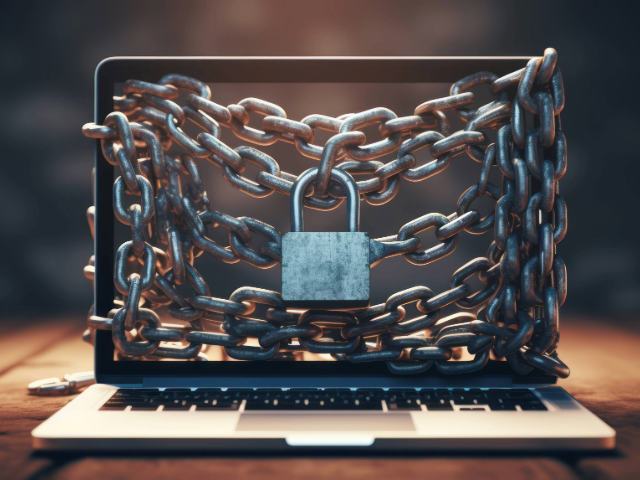We spend our days looking forward forecasting new threats and ...
Ransomware on the Rise, But You Can Be Prepared!
-
By ALCiT Team

Ransomware attacks have emerged as a pervasive and evolving threat to organizations worldwide, including Canada. Small and medium-sized businesses (SMBs) are increasingly targeted due to their often less robust cybersecurity measures. These malicious software programs encrypt your data, holding it hostage until you pay a hefty ransom to regain access. Unfortunately, Canadian organizations are 75% more likely to pay ransoms than companies in other regions*, making us prime targets.
What is Ransomware?
Ransomware is malicious software (malware) designed to hold a victim's data or device hostage. It typically works by encrypting the victim's files, making them inaccessible, and then demanding a ransom payment in exchange for the decryption.
Here's a breakdown of how it works:
- Infection: The ransomware infects a device through various means, such as phishing emails, malicious attachments, or software vulnerabilities.
- Encryption: Once installed, the ransomware encrypts the victim's files, rendering them unusable. This can include personal documents, photos, financial records, or business data.
- Ransom Demand: The victim is then presented with a message demanding a ransom payment, often in cryptocurrency, in exchange for the decryption key.
- Pressure Tactics: The message may also employ scare tactics, threatening to permanently delete the data or leak it online if the ransom is not paid within a specific timeframe.
Taking proactive steps can significantly reduce your risk of falling victim and increase your chances of a successful recovery. Here's what you can do:
Prepare
|
Develop an Incident Response Plan (IRP) |
Backup Regularly |
Patch and Update |
|
This plan outlines how your team will identify, contain, and recover from a cyberattack. Include clear roles, communication procedures, and contact information for key personnel. |
Implement a 3-2-1 backup strategy: Three copies of your data on two different media types (e.g., local & cloud), and one copy offsite. |
Ensure your software, operating systems, and firmware are regularly updated with the latest security patches. |
Prevent
|
Educate Employees |
Implement Multi-Factor Authentication (MFA) |
Segment your network |
|
Train your team to identify and avoid phishing emails, suspicious links, and social engineering tactics. Empower them to think critically and voice their concerns. Regularly test their awareness with simulated attacks. |
This adds an extra layer of security by requiring a second verification step (e.g., code) when logging in. |
Isolate critical systems and data from publicly accessible areas to minimize the attack surface. |
Respond
|
Isolate the infected device(s) immediately |
Activate your IRP |
Do not negotiate with the attackers |
|
Disconnect them from the network to prevent further spread. |
Follow your established plan, engage your internal team and contact your partner - ALCiT. |
Paying the ransom doesn't guarantee data recovery and encourages future attacks. |
These steps can significantly bolster your company's defenses against ransomware and improve your ability to respond effectively if an attack occurs. Remember, prevention is always better than cure. Don't wait until it's too late – take action today. Book your 20-minute meeting with one of our cybersecurity experts (no obligation). 
*Source: Canadian center for cybersecurity







